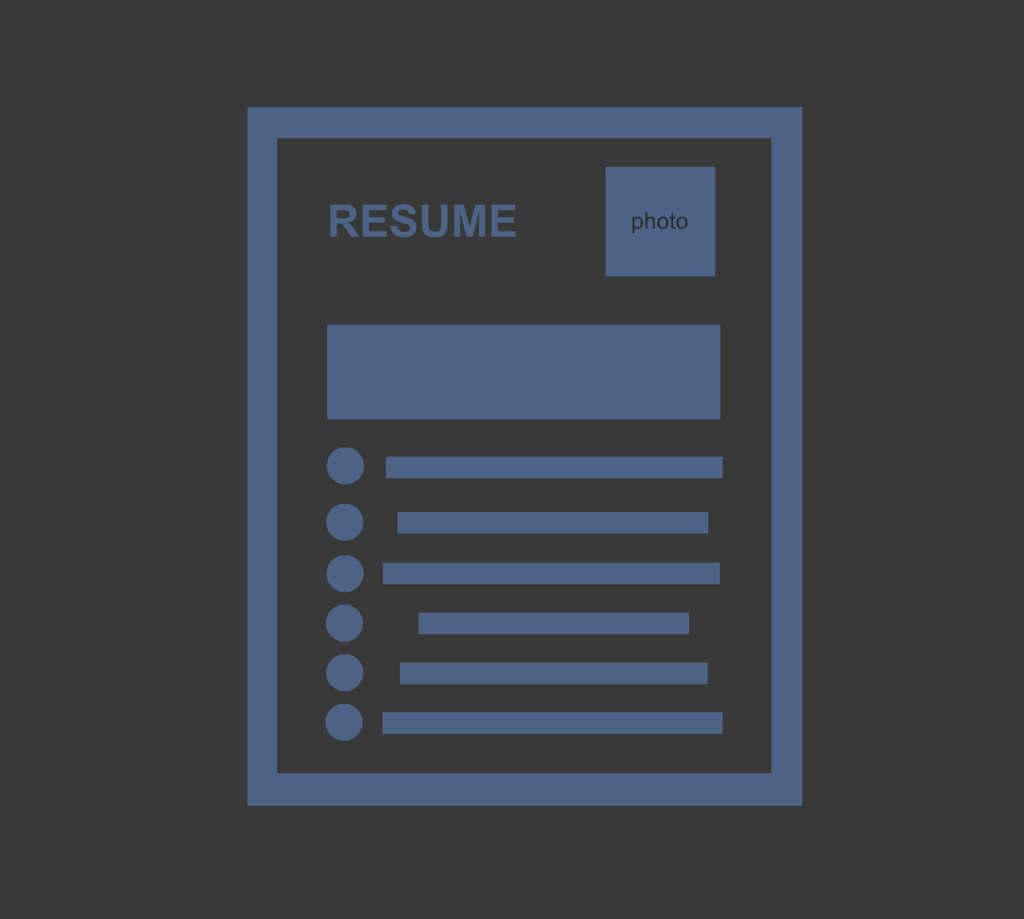
typographyimages / Pixabay
Interview after interview will start with the same thing: “So why don’t you just walk me through your resume?” That, or some close variation. Obviously, the interviewer isn’t after the bare bones information of your career to date; they will (or should have) read your resume already. They want to see how you tell it and what you emphasize.
For any interviewee, it can be paralysing. Even early in your career, there is a lot to tell. What should you mention? What should you leave out? How long should you take?
It’s ok, you can stop hyperventilating. Here’s our step-by-step guide to handling the resume walk-through.
Go for the Cliff Notes
You’re about to tell your life story, more or less, but it shouldn’t feel like that to the interview. Don’t just start from the beginning and plod through every step in painstaking detail. Instead, distil it down to the essentials. Afterwards, the hiring manager can ask for greater detail on any point he or she wants to know more about.
Keep It Relevant
Unless you are inhumanly focused, not every detail of your resume to date will be relevant to the job at hand. Tying in with the point above, you can cut things down considerably by ignoring irrelevant skills and experience. And that’s not as simple as matching, say SEO to SEO or sales to sales; even within those specialisms to should be focusing on the specific requirements of the job you are being interviewed for.
Recommended for You
Webcast, January 31st: The 10 Commandments of Raising Venture Capital
Remember You Are Telling a Story
The dry facts of your career are printed in black and white on your resume. This is your chance to turn those simple facts into a story, one that you control. As you construct your story, keep in mind that everything in a job interview is aimed at answering one all-important question: “Why should we hire you?” That is what your story needs to answer.
Give Your Story a Structure
There is a basic structure you can always use, which goes: what started you on your current path, how you have developed along that path, and why that path has led you to (and made you right for) the job to which you are now applying.
Make It Specific
As with writing resumes, although the basic structure stays the same, this should be tailored to the particular job in question. Your story should never be exactly the same twice. You may make similar points and lean on similar examples, but they must always be used to match the individual company and role. An obviously general resume walk-through could cost you dearly.
Once you’ve applied this advice to your resume walk-through, write a comment below letting us know your basic story and its structure!
